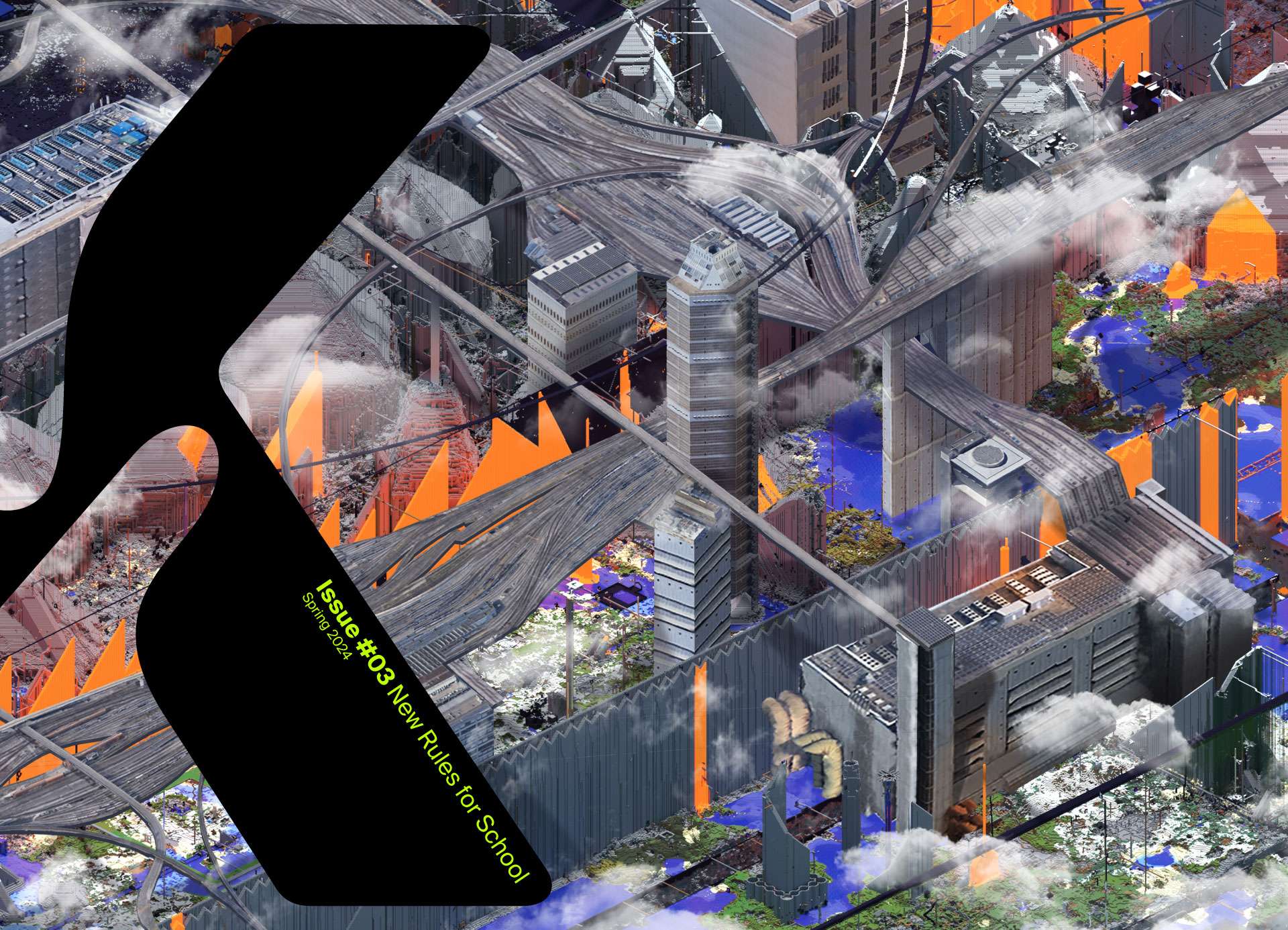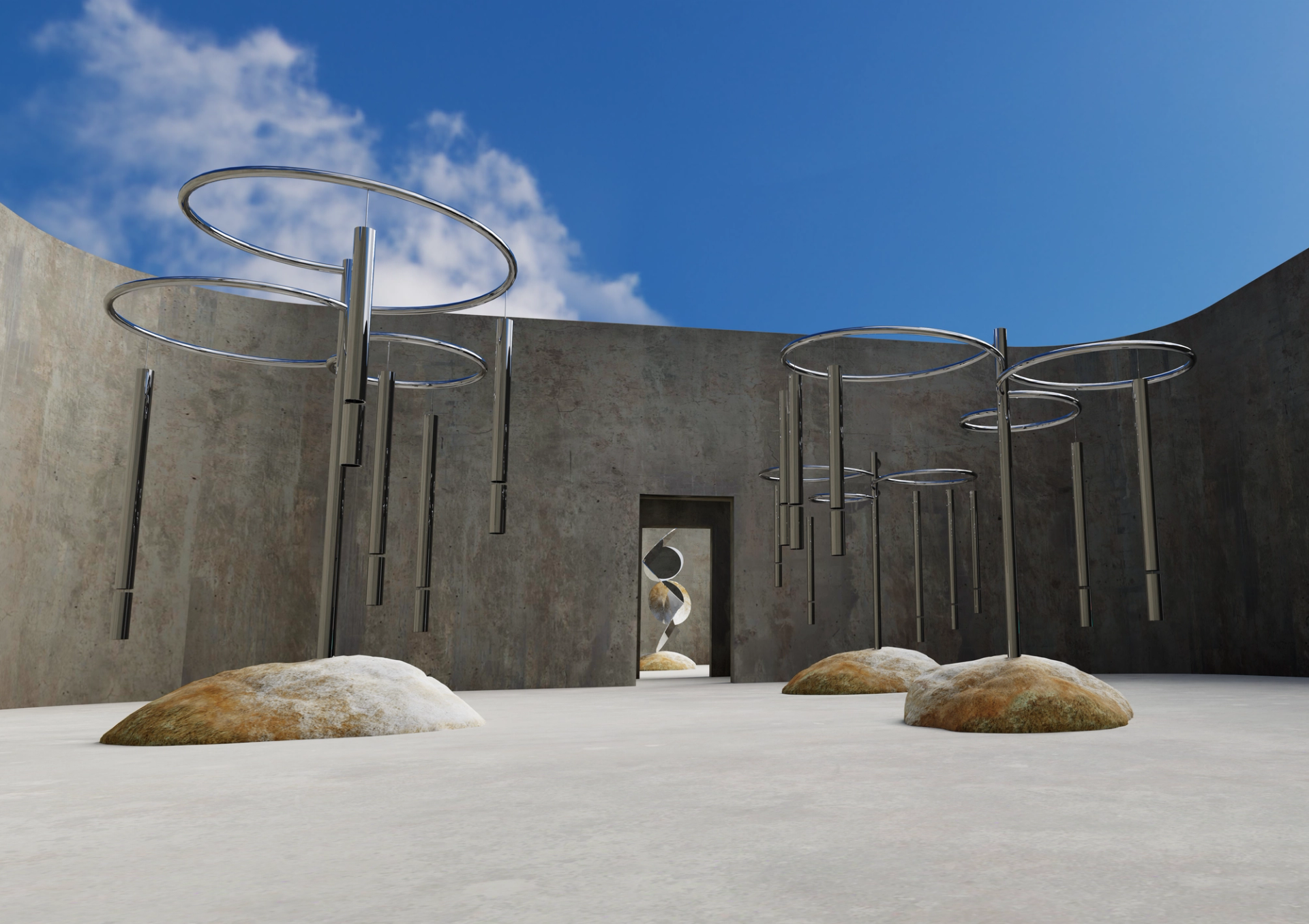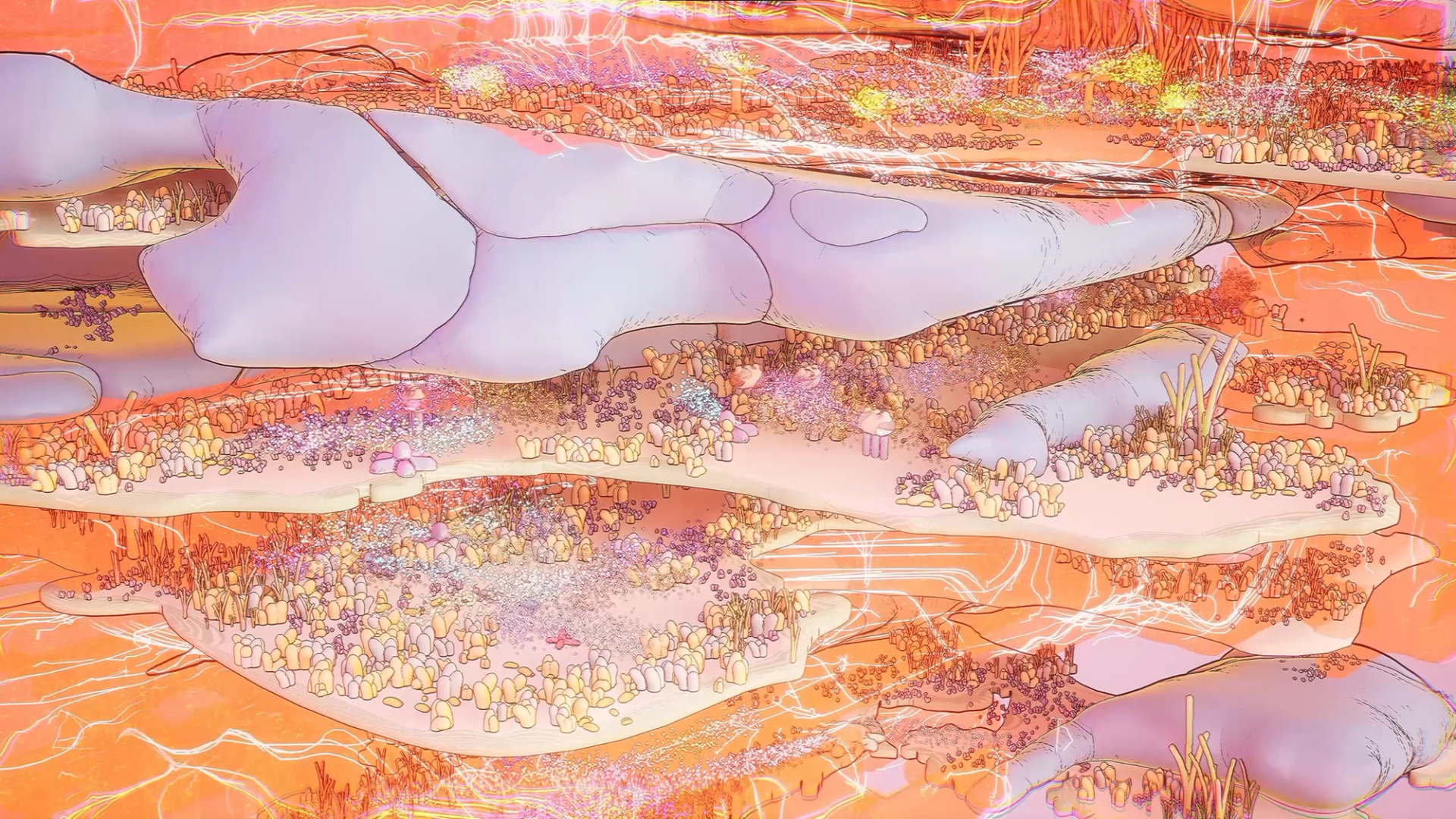The un-built as GROUND FOR VIRTUAL WORLD-MAKING is a future we will ever so more inhabit and whose design potentially offers endless possibilities. Virtual environments could be sites for speculation and critique, but also sites of technological, methodological and visual experimentation, ultimately suggesting alternative definitions of architecture.1 Virtual worlds were born for leisure, yet they impact architectural and urban design from a pedagogic and professional perspective.2 This new and projective practice, however, is not mere escapism. It requires, instead, a continuous critical engagement. In fact, it operates both within reality by envisioning solutions or alternatives to current dynamics (it imagines how things could be), and beyond reality by proposing radical scenarios that challenge current social, political, economic, hence architectural systems.3 Virtual world-building, therefore, creates critical, alternative realities that challenge the real world through contrast.4 Virtual designs, in fact, emerge from the real and shape the unreal, they are spaces for re-individualisation where the boundaries of identity are continuously reshaped, just like the sites of encounter that host new communities and generate new networks.5
By combining spatial and temporal media, virtual architecture and urban design have the potential to generate speculative and fictional narratives that produce new insights on future architectural practices and our society at large.6 Based on the limitless and totally unbounded space of the virtual, these designs favour the exploration of alternative scenarios that bend or critically re-frame reality.7 The real world could be also transposed into the virtual, creating a fertile ground for research on the existing along with new, daring designs. Hence, the virtual positions itself not only as a mediating device, but also as a tool for the unfolding of new research methods in architecture.8 The boundaries of architecture itself are slowly dematerialising, turning into pixels, sound waves, algorithms, chats, systems of relationships. The notion of un-built that emerges from a close study of virtual world-making ultimately opens to a renewed definition of architecture that takes into account the shifting boundaries of the discipline.
Notes
1 Sergey Babkin, “What Is Speculative Architecture? FAQ By Liam Young”, Strelka Mag (2017) Available at: [link]
2 See Kamil Hilmi Dalkir and Ippolito Pestellini Laparelli, ADS8: Data Matter – The Gaming Edition. Available at: [link]
3 Anthony Dunne and Fiona Raby, Speculative Everything: Design, Fiction And Social Dreaming, (Cambridge, MA: MIT PRess, 2013).
4 Idem, 73.
5 Legacy Russell, Glitch Feminism: a Manifesto (New York, Verso, 2020) 15,16.
6 Babkin, “What Is Speculative Architecture? FAQ By Liam Young”.
7 Anthony Dunne and Fiona Raby, Speculative Everything. 101,102.
8 Keller Easterling, Medium Design: Knowing How to Work in the World (New York, Verso, 2021).





